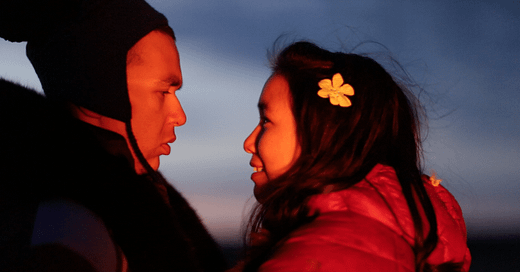‘Living With Giants’ Review

The tiny Inuk community of Inukjuak sits along the eastern shore of Hudson Bay, north of the timberline and not too far from the arctic circle. The second largest village in Nunavik, the vast, sparsely populated territory comprising the northern third of the Canadian province of Quebec, the small houses of Inukjuak huddle together against a minimalist, …
Keep reading with a 7-day free trial
Subscribe to Nonfics to keep reading this post and get 7 days of free access to the full post archives.



